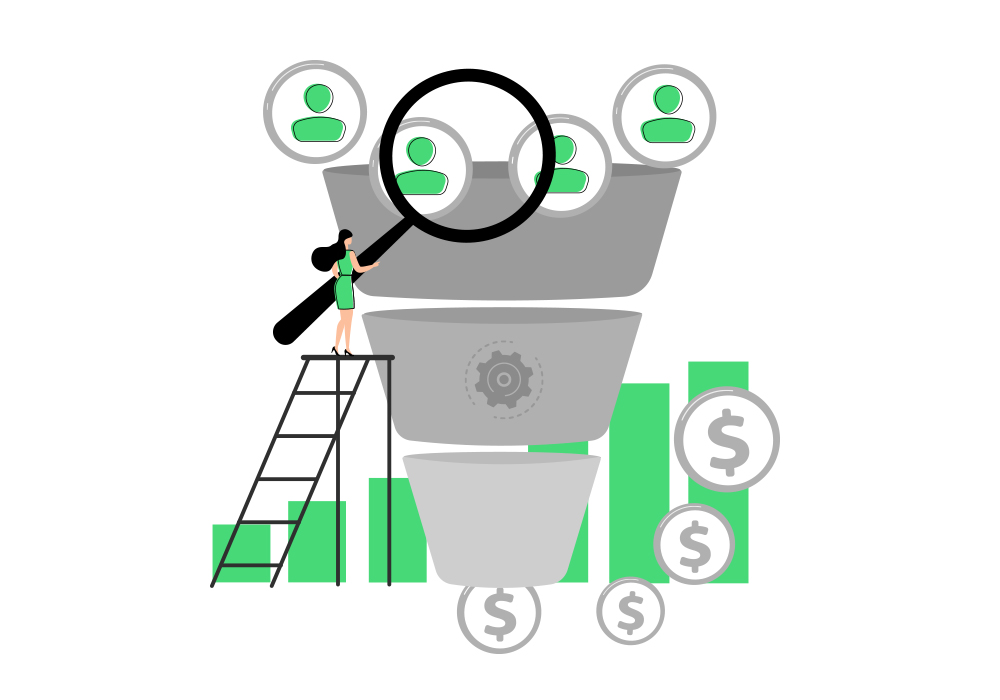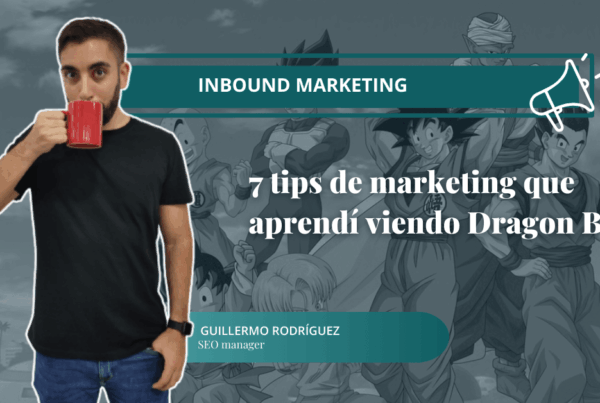PPC stands for “pay per click”, and as the name suggests, these are marketing campaigns that are billed per click generated, rather than by other campaign metrics. Impressions, views, interactions, leads, or purchases each have their own pricing models.
When did PPC campaigns start? Almost from the beginning of digital advertising, with the Planet Oasis directory being the pioneer in commercializing this type of campaign on its website in the late 1990s. However, the most common methods at the time were fixed rates or cost per thousand impressions (CPM). In the early 2000s, major emerging search engines such as Google and Yahoo began designing their own advertising programs, allowing advertisers to insert paid links in their search results without eliminating free or organic ones.
Thanks to the rapid rise of Google and other search engines, PPC marketing today is commonly associated with search engine campaigns (also known as SEM or Search Engine Marketing), but these are not the only ones. Social networks, newspapers and magazines, comparison sites, and other media outlets also offer PPC advertising programs. In 2020, Google earned over $146 billion from its PPC advertising.
Advantages of PPC Campaigns
Why do advertisers find pay-per-click so appealing? Mainly because it leads to a more efficient investment than other models. The user who visits the page has shown active interest in the ad, which already qualifies them as a potential customer for a specific product or service. Most platforms using this model don’t require a minimum investment, allowing advertisers to attract qualified traffic to their website at an affordable cost. Additionally, advertisers can usually choose their bid — that is, how much they are willing to pay per click.
Although these ads may seem simple, advertising policies set by platforms have become increasingly strict. High-quality ads and websites help generate better results and ensure users that ads are not misleading. By restricting what can be advertised, these policies prevent fraud. Violating the rules can result in account suspension — often permanent.
Each marketing channel has its own characteristics and advantages. To make the most of each one, it’s essential to create a solid marketing plan, understand your target audience, and have a deep understanding of what each platform can offer.
Main PPC Marketing Channels
- Google, Bing, and other search engines allow you to display ads when users make specific searches, reaching users who already have active intent. They also allow ads to appear in services such as Gmail or YouTube.
- Social networks like Facebook, Instagram, Twitter, or LinkedIn help you find your ideal customer, making it easier to reach your desired audience. With advanced segmentation options, you can filter by age, gender, family status, interests, hobbies, or key life events.
- Contextual advertising in media outlets, managed either by the media themselves or through tools such as Taboola or Outbrain. You can create recommended links based on both specific audiences and content. For example, you could promote a hybrid car within an article discussing the benefits of this type of vehicle.
- Amazon Marketing Solutions allows you to promote your products within its own platform, which is now considered a search engine in its own right.
- Affiliate marketing involves partners who manage various publishers (websites, blogs, comparison sites, etc.) and use their technology to launch campaigns and share in the revenue.
- Although less common, other specialized networks also offer this type of advertising.
Would you like to launch PPC advertising campaigns? Contact us and we’ll prepare a custom proposal based on your needs.



